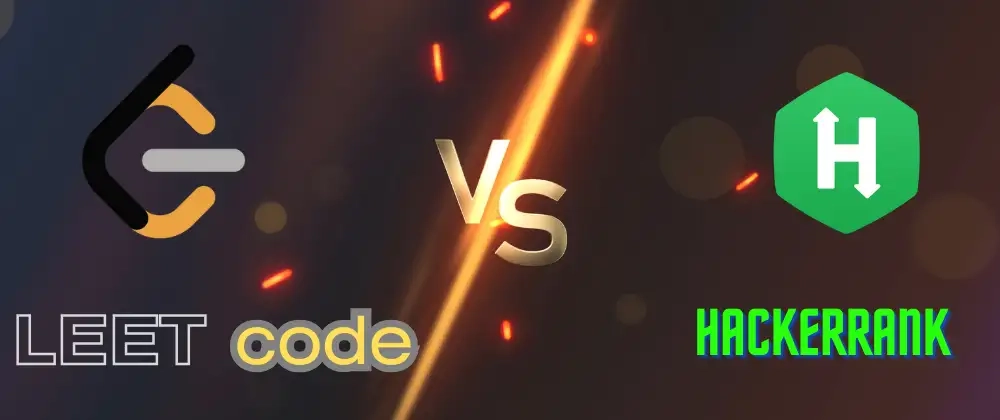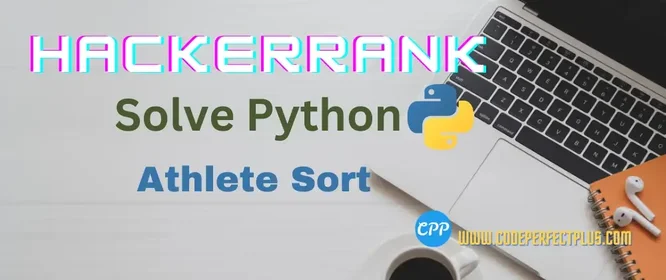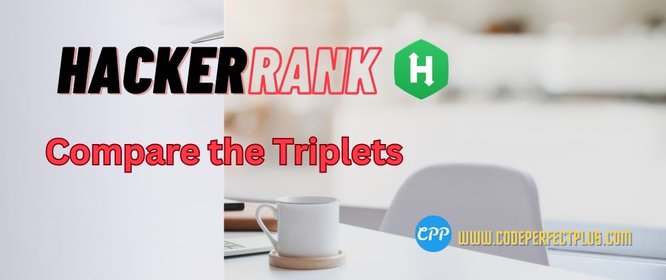3 min to read
HackerRank vs. LeetCode: What to choose?

If you are preparing for a coding interview, you might be wondering which online platform is the best choice to practice your skills and learn new concepts.
Two of the most popular options are HackerRank and LeetCode, both of which offer a large collection of coding challenges, contests, and learning resources. But which one is better for coding interviews?
In this blog post, we will compare HackerRank and LeetCode on several criteria, such as difficulty level, variety of questions and Interview preparation material. We will also give some tips on how to use both platforms effectively to ace your coding interviews.
Difficulty Level
One of the main factors to consider when choosing an online platform for coding practice is the difficulty level of the questions. You want to challenge yourself with problems that are similar to or slightly harder than the ones you will encounter in real interviews, but not so hard that you get frustrated and demotivated.
HackerRank and LeetCode both have a wide range of difficulty levels, from easy to hard, and they also label their questions according to the companies that have asked them in the past. However, there are some differences in how they categorize their questions and how they match the expectations of different companies.
HackerRank has four difficulty levels: easy, medium, hard, and expert. The easy and medium questions are usually suitable for beginners and intermediate programmers, while the hard and expert questions are more challenging and require more advanced skills and knowledge.
LeetCode has three difficulty levels: easy, medium, and hard. The easy questions are often basic and straightforward, while the medium and hard questions are more complex and require more logic and creativity.
Interview Preparation Material
HackerRank has a section called Interview Preparation Kit, which contains curated questions that cover the most common topics and skills tested in coding interviews. These questions are grouped by domains, such as arrays, strings, trees, graphs, dynamic programming, etc., and they have a difficulty rating from 1 to 5 stars. The Interview Preparation Kit is a good way to focus on the essential topics and practice the most frequently asked questions.
LeetCode also has a section called Explore, which contains curated collections of questions that cover various topics and skills, such as arrays, linked lists, binary search, backtracking, etc. These collections also include explanations, hints, solutions, and video tutorials for each question. The Explore section is a good way to learn new concepts and techniques and apply them to different problems.
In general, LeetCode tends to have harder questions than HackerRank, especially in the medium and hard categories. This is because LeetCode focuses more on algorithmic and data structure problems, which are often more abstract and require more optimization.
Variety of Questions
HackerRank has more diverse types of problems, such as database queries, regex expressions, shell commands, etc., which are more practical and relevant for certain roles and companies. Therefore, depending on your target role and company, you might want to choose the platform that matches their expectations better.
For example, if you are applying for a software engineering role at a big tech company like Google or Facebook, you might want to practice more on LeetCode, since they tend to ask more algorithmic and data structure problems. If you are applying for a data analyst or web developer role at a smaller company or startup, you might want to practice more on HackerRank, since they tend to ask more SQL or web-related problems.
Conclusion
In conclusion, both HackerRank and LeetCode are great platforms for coding interviews, and they both have their pros and cons. It really depends on your target role and company, as well as your personal preferences and learning style.
Disclaimer: This blog post is not sponsored by either HackerRank or LeetCode. The opinions expressed here are my own and do not necessarily reflect those of either company. The logos and trademarks used in this blog post belong to their respective owners.



